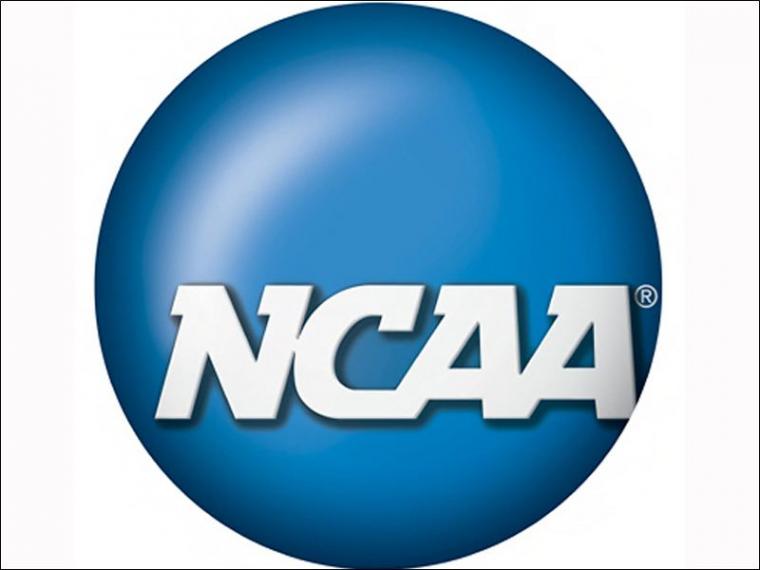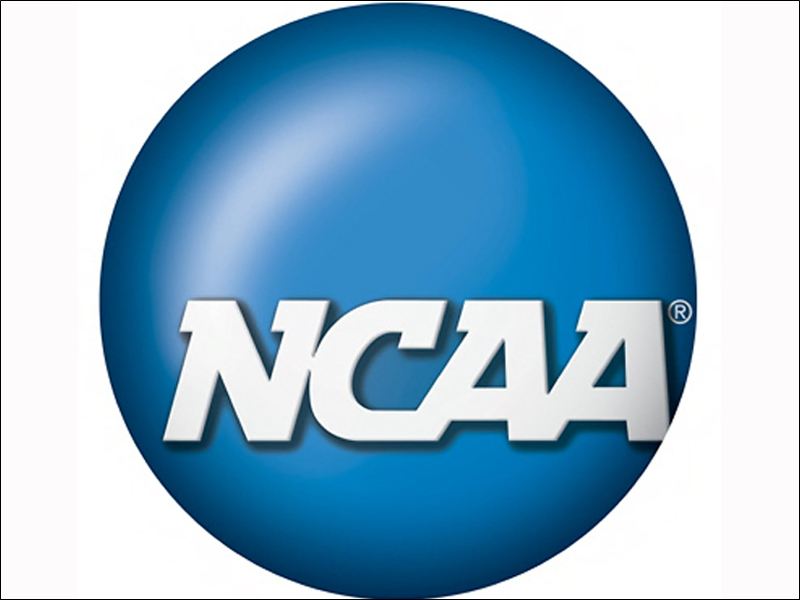
 Beer and wine will be sold this year in general seating at the College World Series and Women’s College World Series through a one-year pilot program, the Division I Board of Directors decided last week.
Beer and wine will be sold this year in general seating at the College World Series and Women’s College World Series through a one-year pilot program, the Division I Board of Directors decided last week.
This year’s events will mark the first time alcohol will be available to the general public at an NCAA championship. In order to approve the pilot program, the board members waived the rule prohibiting such sales at Division I championships.
Both TD Ameritrade Park in Omaha, Nebraska, home of the College World Series, and the ASA Hall of Fame Stadium in Oklahoma City, which hosts the Women’s College World Series, were selected because each venue has hosted NCAA championships for some time, and the staffs at those events are familiar with Association policies.
Alcohol sales first were permitted in club seats and premium seats at the College World Series in 2013. Both venues are equipped to sell alcohol and do so at other events. The waiver came with some restrictions: Beer and wine will be sold, but not liquor. Sales will take place at concession stands only, not by roving vendors. Sales will be limited to the final championship sites only, not regionals or super-regionals.
Part of the impetus for the decision came from school reports that indicated once they started selling alcohol at events, alcohol-related incidents declined sharply. Theories suggest that making alcohol available in the stadium prevents incidents of binge drinking before events and discourages people from attempting to bring outside alcohol into the venue.
NCAA staff will work with law enforcement in Omaha and Oklahoma City to monitor alcohol-related incidents at both venues in order to compare this year’s statistics with prior years. That information will be provided to the board members to inform decisions on the future of alcohol sales at championship events.
Paving the way for the board to waive the Division I bylaw, the NCAA Board of Governors – the Association’s highest-ranking governance body – first amended its Association-wide policy barring alcohol sales at championships and set the parameters for the pilot. The Board of Governors noted that the number of schools selling alcohol at events has increased dramatically, with more schools considering the move.
The decision does not impact advertising at NCAA championships, either in-venue or on television. The NCAA has limited alcohol advertising at championship sites and during television broadcasts of championship events.
The Association will continue its relationships with the TEAM Coalition – Techniques for Effective Alcohol Management. TEAM is an alliance of professional and collegiate sports, entertainment facilities, concessionaires, stadium service providers, the beer industry, broadcasters, governmental traffic safety experts, and others working together to promote responsible drinking and positive fan behavior at sports and entertainment facilities.
The NCAA also has played a role in the development and provision of programs that address underage and abusive drinking, including the NCAA CHOICES alcohol education grant program, which has awarded more than $7.5 million to support programs at more than 290 member campuses.
Presidents, SAAC discuss time demands on athletes
Presidential groups met last week with the national Division I Student-Athlete Advisory Committee to discuss the student-athlete experience, with a specific focus on time demands. Members of the Board of Directors and Presidential Forum had a working breakfast with SAAC, and identified the best ways to allow student-athletes to have opportunities similar to their peers in the student body, including significant discussion regarding time demands.
The conversations were based on a SAAC-led survey of student-athletes last fall that garnered more than 28,000 responses in a three-week period. The survey helped SAAC members develop several concepts to discuss with college presidents, including:
-
Requiring one day off from athletics participation per week. Travel for competition would count as athletics participation.
-
Changing the way athletics participation hours are counted, from a 20-hour weekly limit to daily hourly limits.
-
A mandatory dead period at the end of the season.
-
Education for prospective student-athletes on the time commitments for Division I competition, including best practices information.
-
A comprehensive time management seminar for student-athletes.
The most common theme from students and presidents: Every conversation about student-athletes and time must be approached on a sport-by-sport basis. A uniform approach would not be appropriate.
“According to our survey results, some student-athletes are content with the current schedules for their sports,” said Kendall Spencer, chair of the Division I SAAC and member of the Board of Directors. “We think we should look at this issue on a sport-by-sport basis and are excited to lead this conversation.”
The information gathered at the joint meeting, combined with other data and feedback, will provide the basis for conversations on the issue by the Student-Athlete Experience Committee and the Division I Council as a whole. The Council is the only governance body with the authority to introduce legislation into the governance process. However, some of the bylaws that address time demands fall within the areas of autonomy granted to the Atlantic Coast, Big Ten, Big 12, Pac-12 and Southeastern conferences, so those conferences also could choose to address them through autonomy legislation.
Progress of working groups reviewed
The Board of Directors and Presidential Forum also reviewed the work of two working groups studying issues identified through the Division I Strategic Summit, which was held in August 2015.
The Sport Organizational Structure Working Group and Values-Based Revenue Distribution Working Group both met for the first time in San Antonio.
After receiving feedback from the Board of Directors, Presidential Forum and Division I Council, the sport organizational structure group will continue to discuss a number of key issues before circulating ideas to the broader membership. Among the areas and potential models being discussed are possible adjustments of sport-sponsorship requirements, introducing academic expectations for all Division I members in order to receive the benefits associated with being a Division I member, and an examination of support for students who are elite athletes and those who aspire to compete in the Olympics.
The revenue distribution group is reviewing the current formula by which Association revenue from the Final Four and other sources is distributed, largely unchanged since 1991. While the group has not developed specific concepts for membership review, they noted the current model is based on the Association’s values, and any adjustments would be a fine-tuning to ensure an appropriate relationship is established between values and distribution.
Identified values include:
-
Athletic excellence and opportunities (e.g., men’s basketball distribution; supporting 90 championships).
-
Academic success.
-
Student-athlete support and opportunities (e.g., grants-in-aid; broad-based sport sponsorship; life after sports).
-
Health and safety (e.g., catastrophic insurance).
-
Fairness and integrity (e.g., enforcement; officiating programs).
-
·Diversity and inclusion.
The group made some decisions about process – any transition would be transparent, phased-in and thoughtfully and carefully considered. The notification period for any changes would likely span several years.
Both presidential-led groups, composed of multiple presidents as well as students and administrators, will meet several times over the coming months and hope to have recommendations to the Board of Directors by October.

There are no comments
Please login to post comments